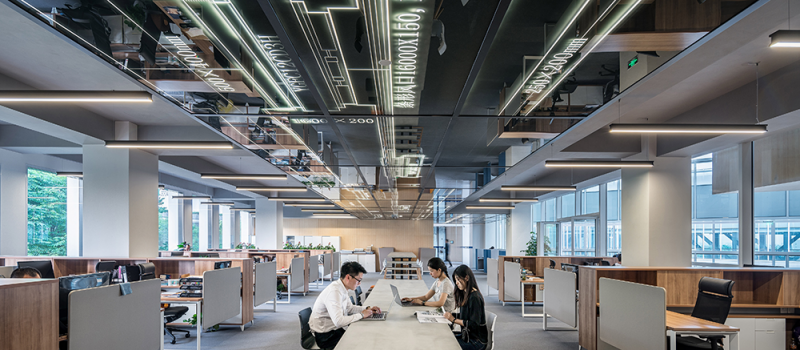In their rush to realize IT modernization’s promises of more security, better service delivery and greater innovation, agencies are at risk of making rash decisions about how to build a modernization plan. After all, it sounds simple: Procure and deploy new technology, and ta-da! Modernization is done.
But organizations that slow down and carefully consider the process find three main challenges.
First, there’s the technology itself. “For decades, the government viewed technology through a programmatic lens,” said Dave Young, Senior Vice President of Strategic Government at CenturyLink. “The entire nature of how government agencies designed, developed and implemented technology was purposely siloed. And the government had unique requirements.”
As IT companies have shifted focus from specialized hardware to software in recent years, they have moved functions traditionally embedded in the network to the software stack. In so doing, they developed protocols to orchestrate software versioning, creating a wide variety of software-based options, but many struggle to fulfill their new role, said Stephen Opferman, Senior Director of Innovation at CenturyLink.
“The results of that movement are that those applications now not only require the software orchestration capabilities, they also have low-latency requirements,” Opferman said. “This is one of the reasons why CenturyLink has recently announced an edge core strategy. It allows government agencies to leverage a highly diverse, global fiber that enables environments to compute at the edge of the network. This results in improved latency for transformational applications, such as next-gen Internet of Things, artificial intelligence and machine learning.”
A second challenge is culture and regulations. Agencies must modernize to meet growing citizen expectations of digital services, and federal mandates such as the President’s Management Agenda and the Modernizing Government Technology Act. All of those call on agencies to provide digital services such as chatbots relying on artificial intelligence, blockchain to secure supply chains into government agencies and Internet of Things-driven edge computing. A 50-year-old mainframe built with COBOL simply can’t support those emerging technologies.
“Modernization is not always about the technology,” Young said. “Technology is rarely the challenge. People are the real challenge. How will people adopt the technology? The impact technology has on process and procedures will require a behavioral change. That’s why it’s important to have a thoughtful implementation plan that explains how the new technology will coexist with the existing technology.”
That ties into the third challenge, which is recruiting and retaining employees to operate and maintain legacy systems. As the number of federal employees eligible to retire jumps from 14% in 2018 to 30% in 2023, many will take their knowledge of such systems when they go, while incoming federal workers are likely to be more interested in modernization efforts than in the care and feeding of decades-old systems.
To overcome these challenges, agencies need a new approach that builds up from the network, bridges the IT modernization gap and pushes into the future. “Government is starting to realize the benefits of future network technologies like software-defined, edge computing, zero trust, unified communications, cloud connectivity and security services,” Young said.
The Solution: Implementing Network-Driven Solutions
The network is the foundation that enables the delivery of innovative IT modernization solutions that government employees and constituents can use either onsite or remotely. In other words, it can make or break how effectively and efficiently an agency can meet the needs of the business and the mission.
Today, the network has taken many forms. It connects the dots that drive modernization. From an application and data perspective, it allows for mobility and the ability to perform with minimal latency and on-demand. “We are looking at our network much more holistically than we have in the past,” Opferman said. “You see the network playing a much more real-time role in delivering the applications and the needed bandwidth in an on-demand basis.”
The movement of data and applications on the network can take place from anywhere, geographically speaking, and also while mobile. That’s the adaptive network. The network is vital when it comes to enabling innovation in the domains of application mobility. The network is also vital to enabling the application to be redundant and to achieve a high degree of reliability.
IP and routing protocols are robust enough to allow networks to have a comfortable degree of fault tolerance, which frees IT managers to focus on user requirements and how to deliver on them.
“Innovation is able to occur much more rapidly, much more creatively, because a lot of the underlying functions are being handled, are being taken care of, so we don’t necessarily have to worry about how to move, how to protect, how to secure the application itself,” Opferman said. “That’s all taken care of for us. The network really obfuscates a lot of the complexity in offering services per the requirements that we’re getting today.”
Innovation and technological evolution can sustain those growing requirements by virtue of a secure, reliable network.
This post is an excerpt from GovLoop’s report “The Foundation for Your Agency’s IT Modernization Success.” Download the full report here.






Great article Pearl! Thanks for talking about how agencies recruit and retain employees just for maintaining legacy tech. That’s a concern government employees should discuss more.